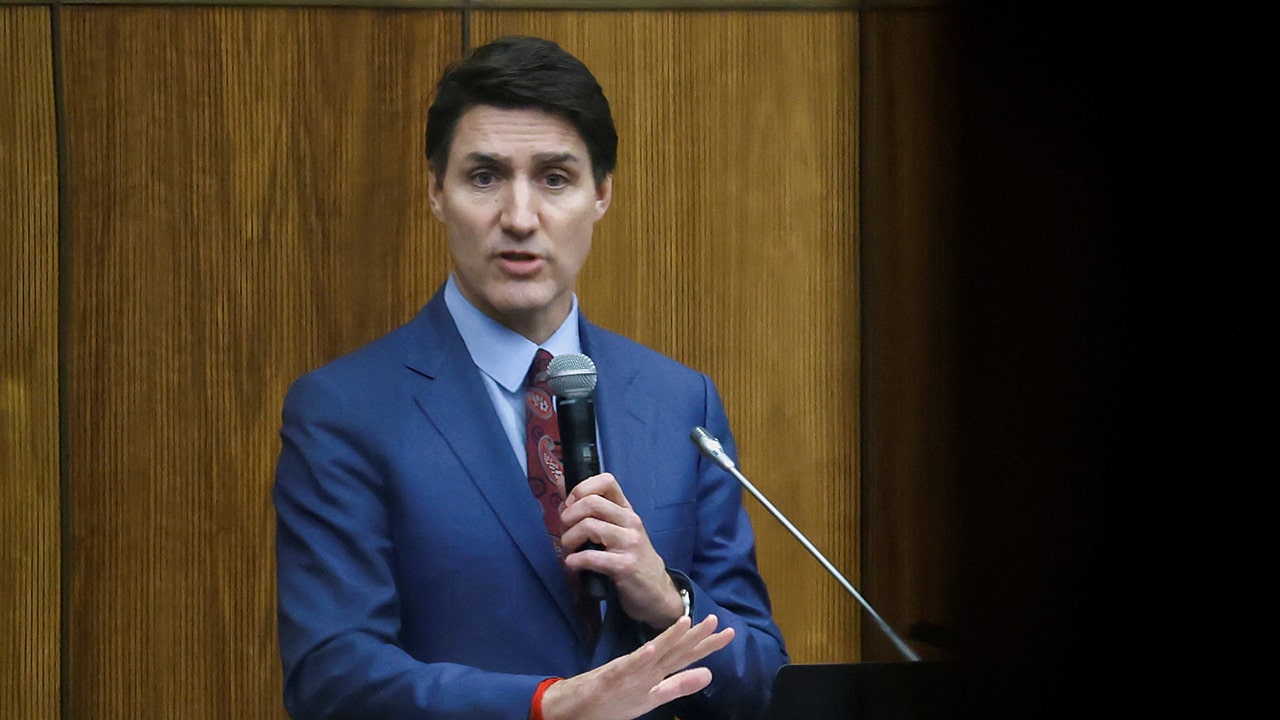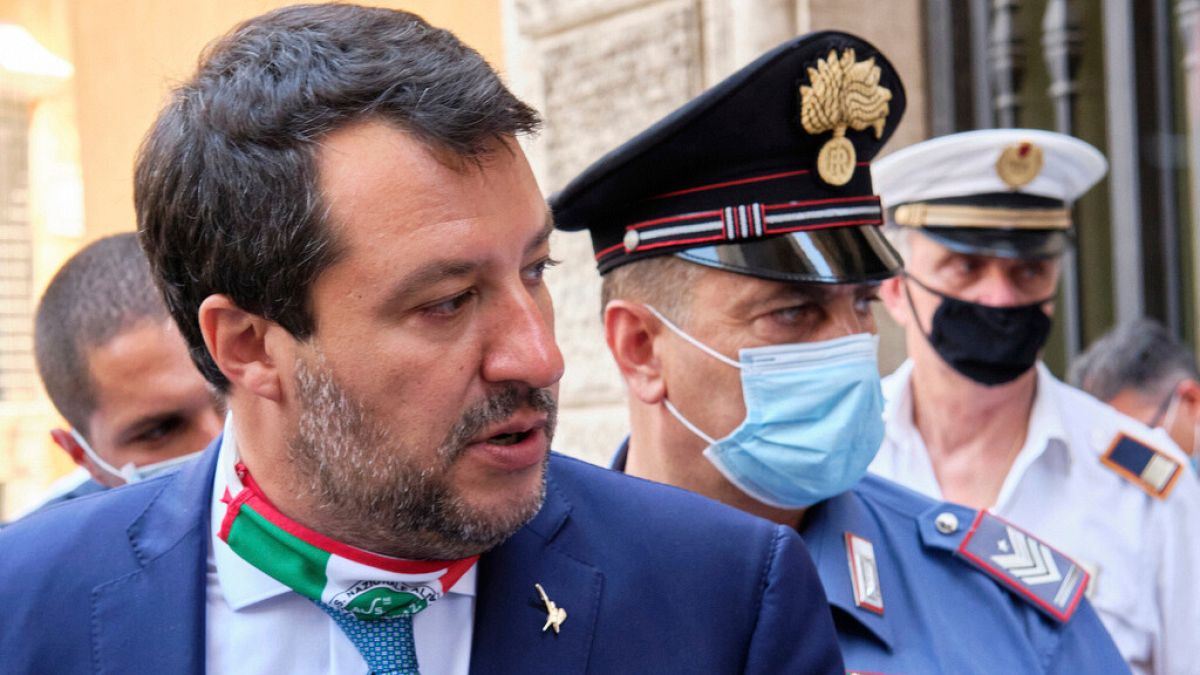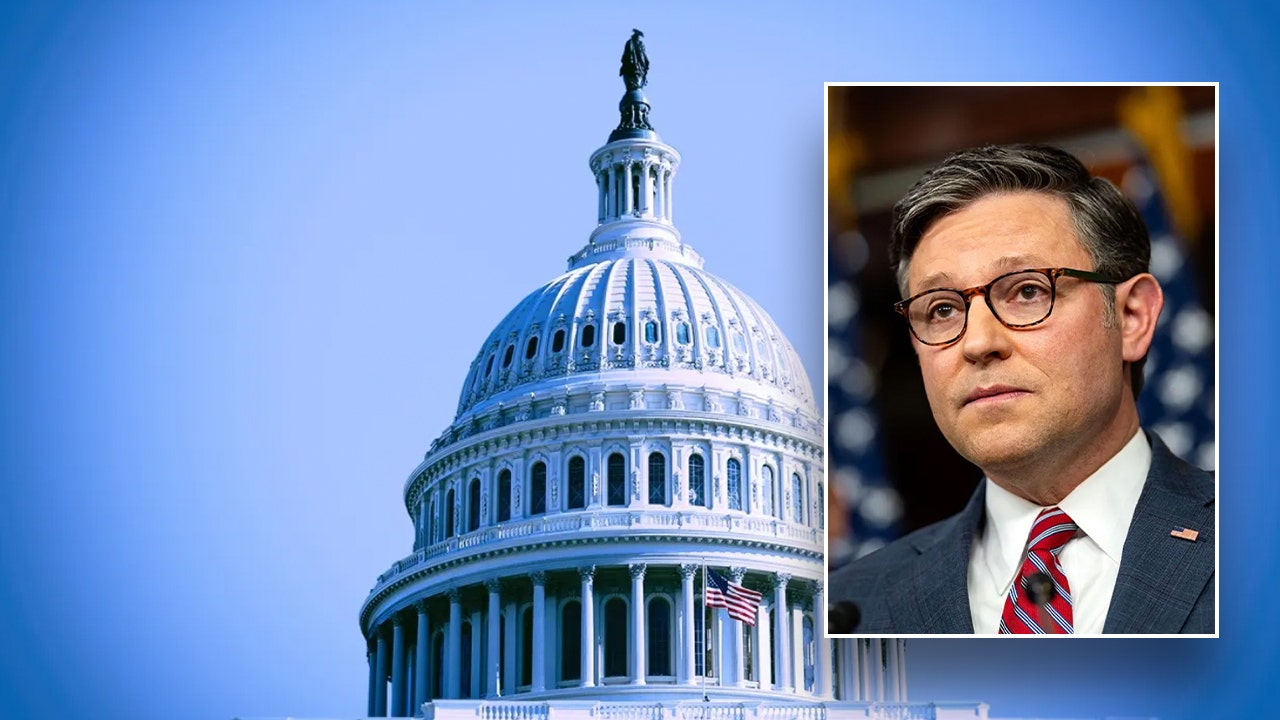World
The Commerce Department updates its policies to stop China from getting advanced computer chips

WASHINGTON (AP) — The Commerce Department on Tuesday updated and broadened its export controls to stop China from acquiring advanced computer chips and the equipment to manufacture them.
The revisions come roughly a year after the export controls were first launched to counter the use of the chips for military applications that include the development of hypersonic missiles and artificial intelligence.
“These export controls are intended to protect technologies that have clear national security or human rights implications,” Commerce Secretary Gina Raimondo said on a call with reporters. “The vast majority of semiconductors will remain unrestricted. But when we identify national security or human rights threats, we will act decisively and in concert with our allies.”
The updates stemmed from consulting with industry and conducting technological analyses. There will now be a gray zone that will be monitored for chips that could still be used for military aims even if they might not meet the thresholds for trade limitations.
Chip exports can also be restricted to companies headquartered in Macau or anywhere under a U.S. arms embargo, preventing countries of concern from circumventing the controls and providing chips to China.
The updates also introduce new requirements that make it more difficult for China to manufacture advanced chips abroad. The list of manufacturing equipment that falls under the export controls has also been expanded, among other changes to the policy.
The export controls announced last year were a source of frustration for the Chinese government, which viewed the design and manufacturing of high-level semiconductors as essential for its economic and geopolitical goals. Raimondo has said the limits on these chips are not designed to impair China’s economic growth.
In an August meeting, Raimondo and her Chinese counterparts agreed to exchange information about the export controls. But a senior administration official, insisting on anonymity to discuss the policy, said the U.S. government did not discuss with China the parameters of the revised export controls. China’s No. 2 leader, Premier Li Qiang, appealed for “concrete actions” by Washington to improve relations, a reference to Chinese pressure for changes in U.S. policy on technology, Taiwan and other issues.
Chinese government officials are scheduled to go to San Francisco in November for the Asia-Pacific Economic Cooperation summit.
President Joe Biden has suggested he could meet on the sidelines of the summit with Chinese President Xi Jinping, though a meeting has yet to be confirmed. The two leaders met last year following the Group of 20 summit in Bali, Indonesia, shortly after the export controls were announced.

World
Biden and the first lady bring holiday cheer to patients and families at a children's hospital
WASHINGTON (AP) — President Joe Biden and his wife, Jill, brought some Christmastime cheer to patients and their families at a children’s hospital on Friday but a toddler in a light blue jumper entertained, too.
The president and first lady visited privately with patients and their families for photos at Children’s National Hospital before Jill Biden read “‘Twas the Night Before Christmas” to a group of patients in the atrium. As she read, the president, seated beside her in a matching red chair, played a game of catch with the toddler. Biden made faces at the child and at one point briefly got him to sit up on his chair.
“Reading and entertainment,” Jill Biden said after she finished reading. The audience laughed.
The president then asked permission to make a brief statement and sought to lift the children’s spirits, saying he knows it’s a “tough time” for them to be in the hospital.
“Keep the hope,” he said. “You’re in our prayers, you’re in our thoughts, and thank you for letting us join you.”
The visit continued a tradition, dating back to first lady Bess Truman, of presidents’ wives bringing holiday cheer to children who are too ill to be at home for Christmas.
President Biden has joined his wife on all four of her annual visits. It has not gone unnoticed.
“We’ve never had a president join for four years in a row straight, so you have set a high bar,” Michelle Riley-Brown, president and CEO of the hospital, told him.
World
Justin Trudeau looks set to lose power after key ally vows to topple him

Canadian Prime Minister Justin Trudeau on Friday looked set to lose power early next year after a key ally said he would move to bring down the minority Liberal government and trigger an election.
New Democratic Party leader Jagmeet Singh, who has been helping keep Trudeau in office, said he would present a formal motion of no-confidence after the House of Commons elected chamber returns from a winter break on Jan. 27.
NEWT GINGRICH SAYS TRUMP MAY HAVE ‘BROKEN’ TRUDEAU GOVERNMENT DURING HISTORIC TRANSITION PERIOD
If all the opposition parties back the motion, Trudeau will be out of office after more than nine years as prime minister and an election will take place.
A string of polls over the last 18 months show the Liberals, suffering from voter fatigue and anger over high prices and a housing crisis, would be badly defeated by the official opposition right-of-center Conservatives.
The New Democrats, who like the Liberals aim to attract the support of center-left voters, complain Trudeau is too beholden to big business.
Canadian Prime Minister Justin Trudeau addresses the Liberal party caucus meeting in Ottawa, Ontario, Canada December 16, 2024. (REUTERS/Blair Gable/File Photo)
“No matter who is leading the Liberal Party, this government’s time is up. We will put forward a clear motion of non-confidence in the next sitting of the House of Commons,” said Singh.
The leader of the Bloc Quebecois, a larger opposition party, promised to back the motion and said there was no scenario where Trudeau survived. The Conservatives have been calling for an election for months.
A few minutes after Singh issued his letter a smiling Trudeau, under growing pressure to quit after the shock resignation of his finance minister this week, presided over a cabinet shuffle.
Trudeau’s office was not immediately available for comment.
Votes on budgets and other spending are considered confidence measures. Additionally, the government must allocate a few days each session to opposition parties when they can unveil motions on any matter, including non-confidence.
Before Singh made his announcement, a source close to Trudeau said the prime minister would take the Christmas break to ponder his future and was unlikely to make any announcement before January.
Liberal leaders are elected by special conventions of party members, which take months to arrange.
Singh’s promise to act quickly means that even if Trudeau were to resign now, the Liberals could not find a new permanent leader in time for the next election. The party would then have to contest the vote with an interim leader, which has never happened before in Canada.
So far around 20 Liberal legislators are openly calling for Trudeau to step down but his cabinet has stayed loyal.
The timing of the crisis comes at a critical time, since U.S. President-elect Donald Trump is due to take office on Jan. 20 and is promising to impose a 25% tariff on all imports from Canada, which would badly hurt the economy.
The premiers of the 10 provinces, seeking to create a united approach to the tariffs, are complaining about what they call the chaos in Ottawa.
World
Italy's Deputy PM Salvini found not guilty in Open Arms migrants case

The leader of Italy’s right-wing Lega Party and Giorgia Meloni’s ally, Matteo Salvini, had been accused of kidnapping and dereliction of duty over his refusal to let a migrant rescue boat dock in Italy in 2019.
A court in Sicily found Italy’s Deputy Prime Minister Matteo Salvini not guilty of kidnap for detaining 100 migrants aboard a humanitarian rescue ship in 2019 incident when he was interior minister.
“I am happy. After three years, Lega has won, Italy has won. Defending the homeland is not a crime but a right. I will go forward with more determination than before,” Salvini said following the verdict.
In August 2019, an NGO ship called Open Arms was carrying 147 migrants from the Libyan coast when Salvini prevented it from docking on the Italian island of Lampedusa.
The Open Arms remained at sea for almost three weeks, with the NGO reporting those on board endured dire circumstances leading to medical emergencies and deteriorated mental health. Some threw themselves overboard, and several minors were evacuated during the standoff.
Eventually, the prosecutor in the Sicilian city of Agrigento, Luigi Patronaggio, ordered the vessel to be preventively seized after inspecting it. The remaining 89 people onboard were allowed to disembark.
Salvini, who leads the anti-migrant, Euroskeptic Lega party, has argued that the then-government of Giuseppe Conte backed him fully in his mission to “close the ports” of Italy to rescue ships carrying migrants found at sea.
Arriving at the courthouse on Friday morning, he said it was a beautiful day “because I am proud to have defended my country. I would do what I did again.”
Last week, he told a rally that “defending the borders, the dignity, the laws, the honour of a country cannot ever be a crime.”
Open Arms’ Italian lawyer, Arturo Salerni, has argued Salvini failed in his duty as a public official to protect the human rights of those on board the ship. Prosecutors during the trial say that those stranded at sea should have had their human rights protected over “state sovereignty.”
“A person stranded at sea must be saved and it is irrelevant whether they are classified as a migrant, a crewmember or a passenger,” Prosecutor Geri Ferrara told the court in September.
Meloni’s support
Salvini had said he would be unlikely to step down in the case of a guilty verdict over five years, which would have automatically barred him from office.
He has the support of Italian Prime Minister Giorgia Meloni, who earlier this year said in a post on X that “turning the duty to protect Italy’s borders from illegal immigration into a crime is a very serious precedent.”
She never indicated she would expect his resignation, but on Wednesday, she told the Italian Senate that Salvini has the “solidarity of the entire government”.
Meloni has moved to crack down on migration since taking power in 2022, striking deals with northern African countries in a bid to prevent migrants from departing and setting up a landmark scheme with Albanian leader Edi Rama to process asylum applications in so-called “return hubs” away from Italian soil.
The deal has gained traction across European member states, although it has since become a legal nightmare for Meloni after 24 asylum seekers who were sent to Albania were promptly sent back to Italy after a Roman court declared the scheme unlawful.
The standoff between Open Arms and Salvini was one of over 20 during his tenure as interior minister from 2018 to 2019, where he took a hardline stance against migration. At the time, he repeatedly closed Italian ports to humanitarian rescue ships and accused NGOs that rescued migrants of effectively encouraging human traffickers.
In one incident, now-MEP Carola Rackete entered the port of Lampedusa against Salvini’s orders after declaring a state of emergency on her boat.
She was soon arrested on charges of illegal migration that were eventually dropped.
-

 Politics1 week ago
Politics1 week agoCanadian premier threatens to cut off energy imports to US if Trump imposes tariff on country
-
/cdn.vox-cdn.com/uploads/chorus_asset/file/25782636/247422_ChatGPT_anniversary_CVirginia.jpg)
/cdn.vox-cdn.com/uploads/chorus_asset/file/25782636/247422_ChatGPT_anniversary_CVirginia.jpg) Technology1 week ago
Technology1 week agoInside the launch — and future — of ChatGPT
-
/cdn.vox-cdn.com/uploads/chorus_asset/file/25789444/1258459915.jpg)
/cdn.vox-cdn.com/uploads/chorus_asset/file/25789444/1258459915.jpg) Technology7 days ago
Technology7 days agoOpenAI cofounder Ilya Sutskever says the way AI is built is about to change
-

 Politics7 days ago
Politics7 days agoU.S. Supreme Court will decide if oil industry may sue to block California's zero-emissions goal
-
/cdn.vox-cdn.com/uploads/chorus_asset/file/25546252/STK169_Mark_Zuckerburg_CVIRGINIA_D.jpg)
/cdn.vox-cdn.com/uploads/chorus_asset/file/25546252/STK169_Mark_Zuckerburg_CVIRGINIA_D.jpg) Technology7 days ago
Technology7 days agoMeta asks the US government to block OpenAI’s switch to a for-profit
-

 Politics1 week ago
Politics1 week agoConservative group debuts major ad buy in key senators' states as 'soft appeal' for Hegseth, Gabbard, Patel
-

 Business5 days ago
Business5 days agoFreddie Freeman's World Series walk-off grand slam baseball sells at auction for $1.56 million
-
/cdn.vox-cdn.com/uploads/chorus_asset/file/23951353/STK043_VRG_Illo_N_Barclay_3_Meta.jpg)
/cdn.vox-cdn.com/uploads/chorus_asset/file/23951353/STK043_VRG_Illo_N_Barclay_3_Meta.jpg) Technology5 days ago
Technology5 days agoMeta’s Instagram boss: who posted something matters more in the AI age















